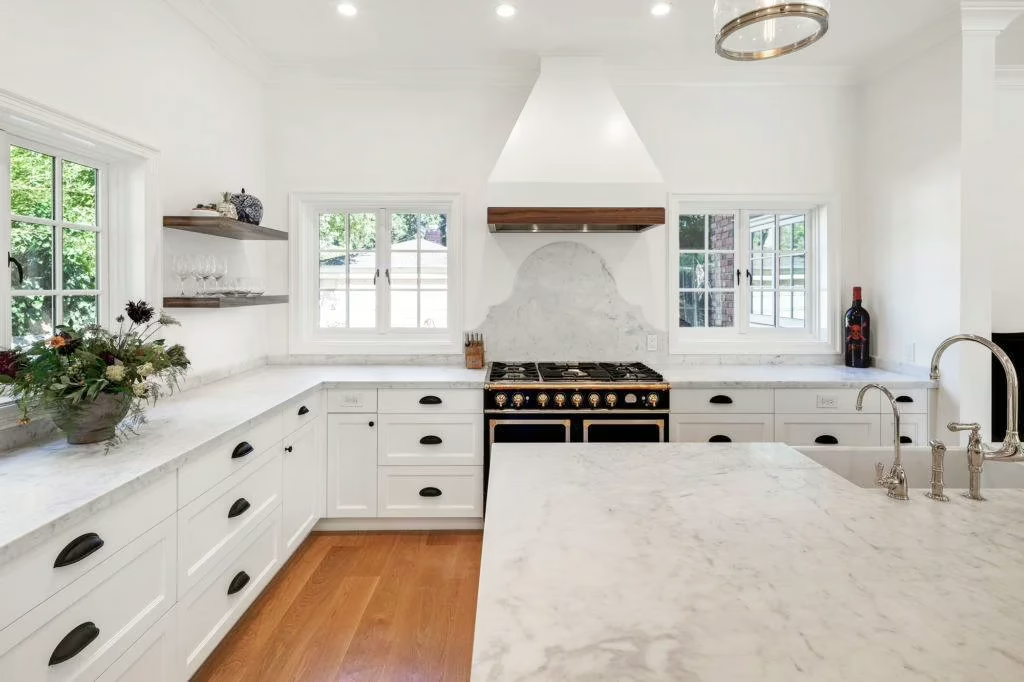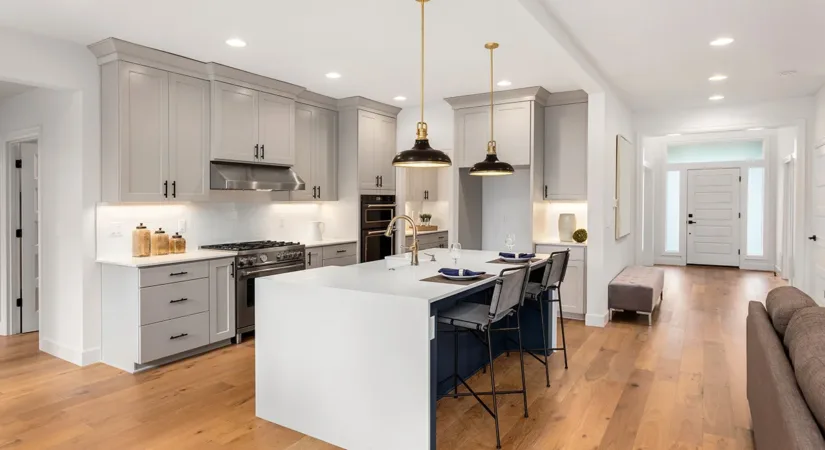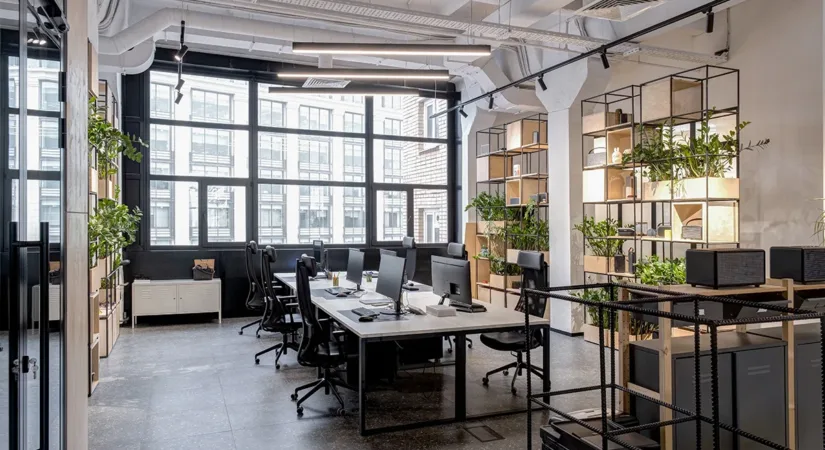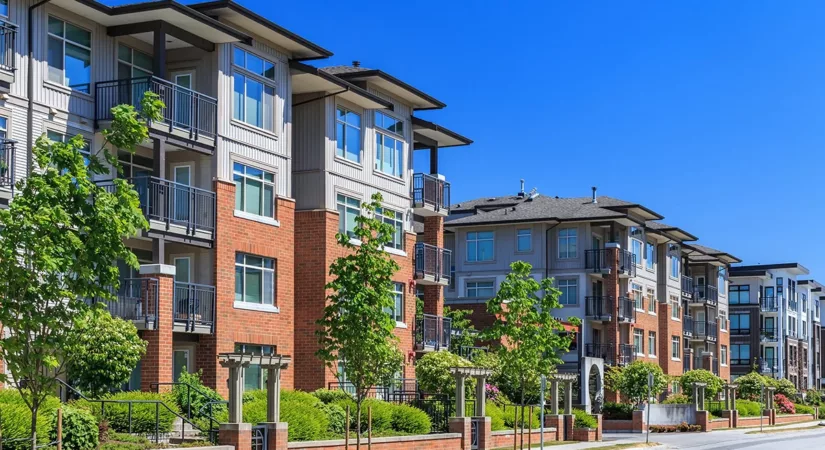Did you know homes account for 35% of global greenhouse gas emissions?1 Water waste, excess energy usage, and unsustainable construction materials can take a toll on the environment and your wallet.
The good news? You don’t have to choose between sustainability and style. At DRF Builders, we understand the importance of eco-friendly residential construction. With the right renovations, you can reduce your carbon footprint, lower utility costs, and even boost your home’s value.
In this blog, we list cost-effective and eco-friendly home renovations that benefit both your budget and the planet.
1. Upgrade to a Smart Thermostat
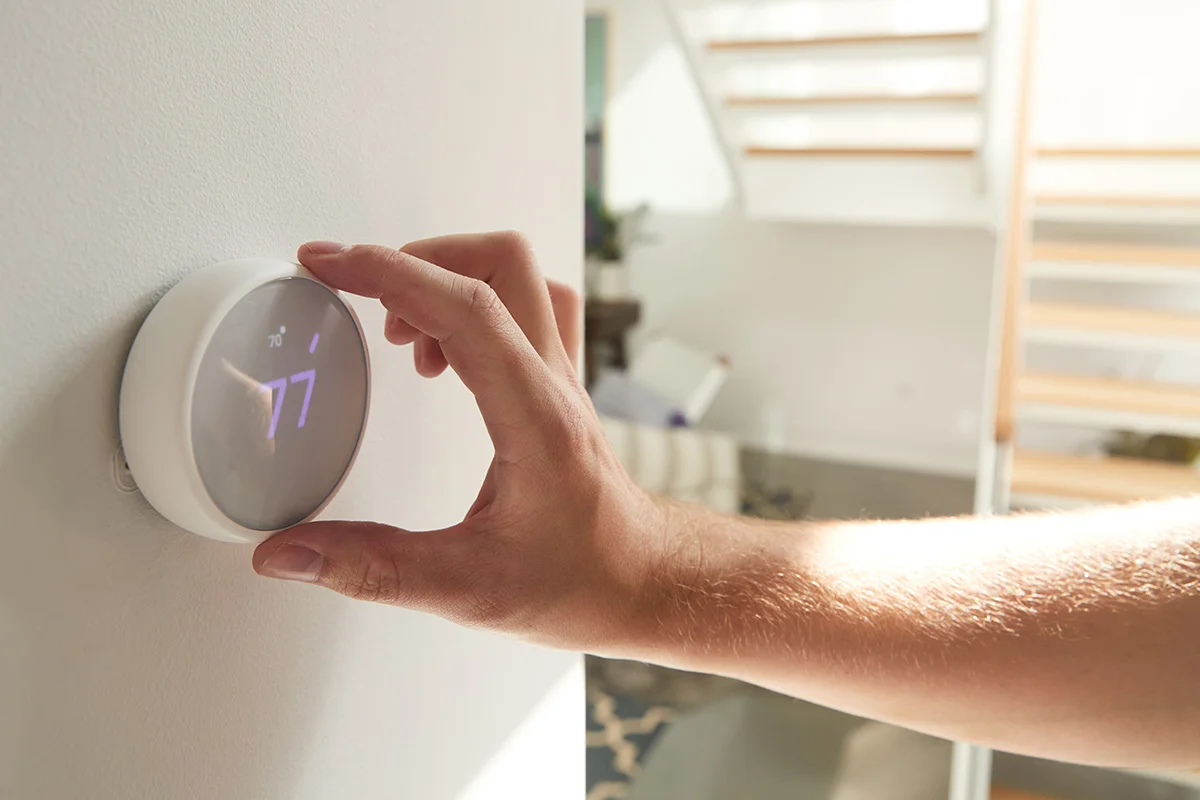
According to the U.S. Energy Information Administration (EIA), heating and air conditioning account for about 52% of a household’s annual energy consumption.2 Luckily, there’s an eco-friendly way to reduce your energy usage without replacing your entire HVAC system.
Installing a smart thermostat is a simple renovation that can significantly lower your energy usage. These devices learn your schedule and adjust temperatures automatically to reduce waste, saving you up to 8% on heating and cooling bills each year.3
2. Install Solar Panels
Solar panels are devices that use photovoltaic cells to convert sunlight into electricity. You can install them on your roof, or as standalone panels elsewhere on your property. This renewable energy source can significantly reduce both your electricity bill and your carbon footprint.
Solar panels not only save money, but can also make you money, too. Homes with solar panels sell for 4% more on average. Plus, depending on where you live, you may be able to sell excess energy back to the grid.4
3. Choose Drought-Tolerant Landscaping
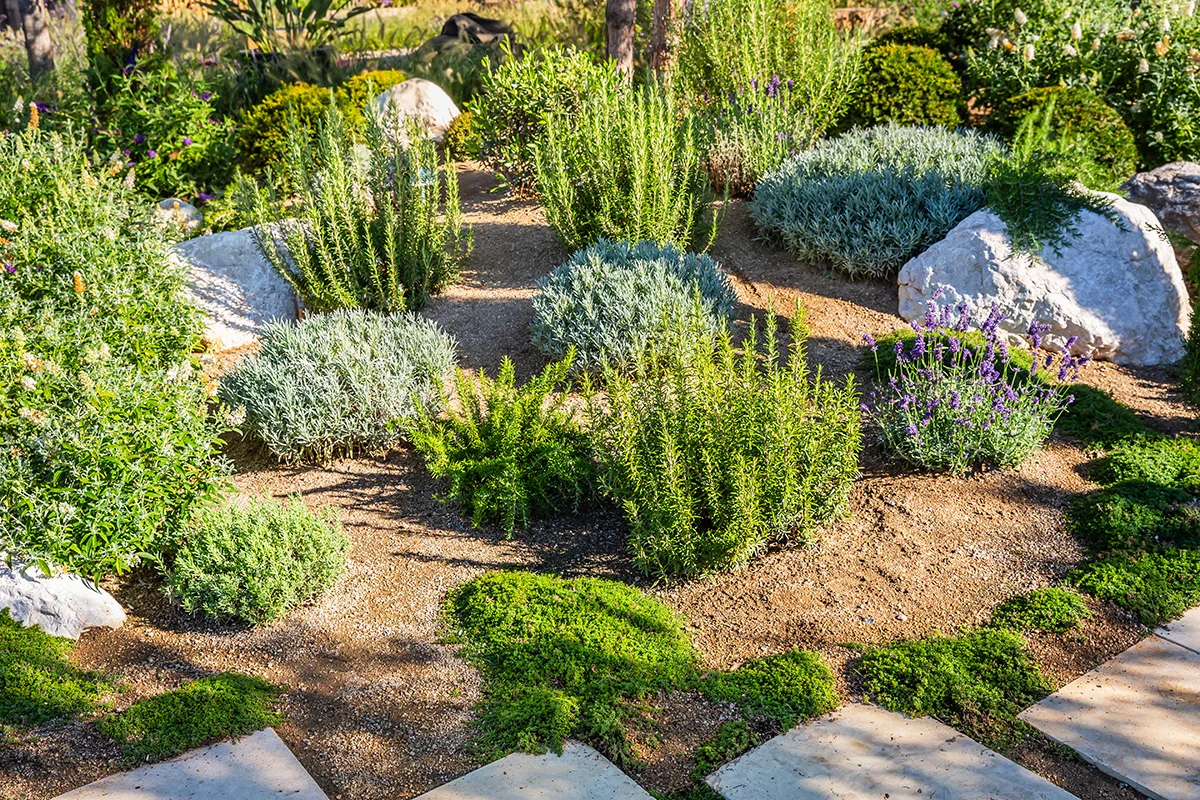
Bright green lawns are beautiful, but caring for them requires a significant amount of water, time, and money. Luckily, you can still have a beautiful yard for your home without wasting water or overspending.
Drought-tolerant landscaping, also known as xeriscaping, is a highly effective renovation for reducing your home’s water usage. Some examples of xeriscaping strategies in Idaho include:
- Replace grass with native plants: Swap thirsty lawns for native, drought-resistant plants like sagebrush, blue fescue, or blanket flowers, which require minimal watering.
- Use mulch: Mulch helps retain soil moisture, reduces evaporation, prevents weed growth, and adds visual interest over large surface areas.
- Add rock gardens: Decorative rock “gardens” use stones, rocks, gravel, and sometimes drought-resistant plants to create visually appealing landscapes that require little to no water.
- Install a smart irrigation system: Smart irrigation systems use weather data and maps of your yard to calculate exactly how much water you need and when. This can significantly reduce your water consumption while keeping your yard beautifully maintained.
According to National Geographic, houses with xeriscaping can save up to 120 gallons of water a day.5 This not only reduces your environmental impact but also saves you money over time.
4. Install Energy-Efficient Doors and Windows
Outdated, drafty windows and doors can significantly lower your home’s energy efficiency. They let out warm air in the winter and allow excess heat to come in during the summer, which means your HVAC system has to work harder to keep your home at a comfortable temperature.
Upgrading to energy-efficient options like insulated steel doors and ENERGY STAR windows can lower your carbon footprint while saving you up to 13% on energy bills.6
5. Install a Cool Roof
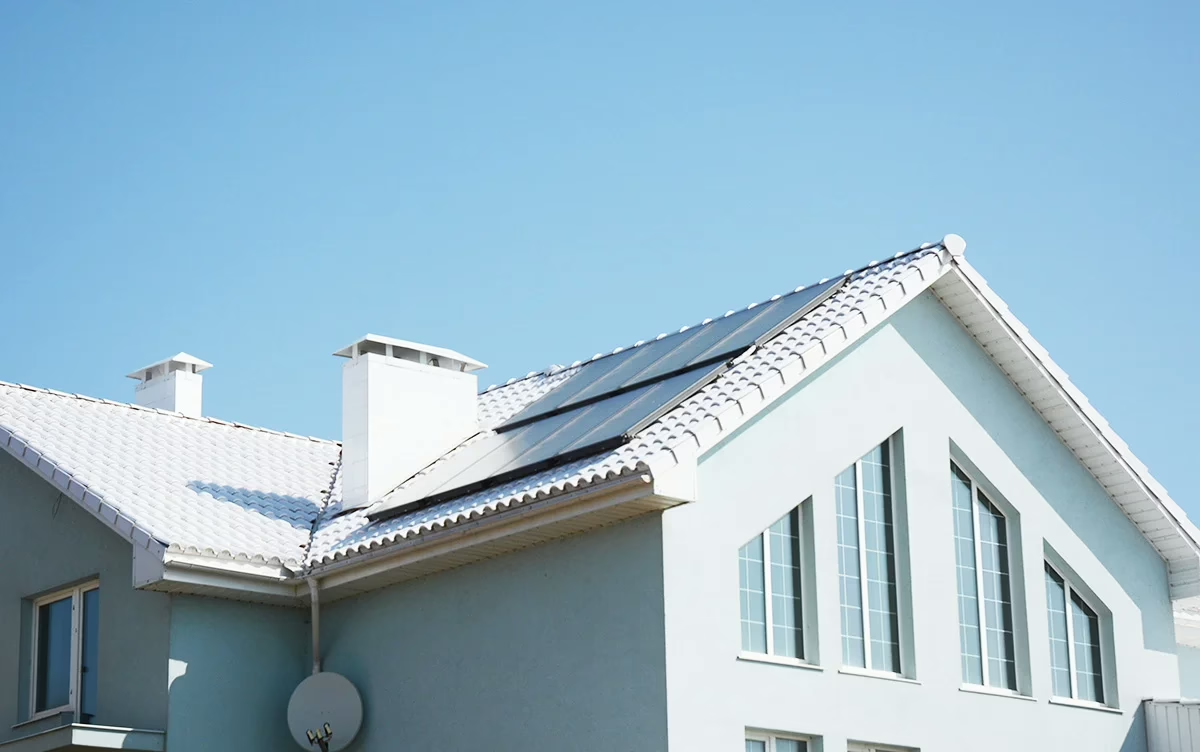
A cool roof reflects more sunlight and absorbs less heat than a traditional roof, which helps keep your home naturally cooler. During warmer months, this can significantly reduce your reliance on costly air conditioning, which can help offset energy costs.7
In addition to saving you money on electricity bills, cool roofs are also great for the environment because they minimize the urban heat island effect in cities—a phenomenon that occurs when buildings and pavement retain heat and raise local temperatures. Cool roofs help counteract this by reflecting more sunlight and reducing overall heat buildup.7
6. Upgrade to LED Lighting Fixtures
Switching to LED lighting is one of the easiest and most cost-effective renovations. According to the U.S. Department of Energy, LED lightbulbs use 90% less energy than traditional incandescent bulbs, and they also last 25 times longer.8 This not only cuts back on electricity bills but also lowers replacement costs.
7. Install Low-Flow Water Fixtures
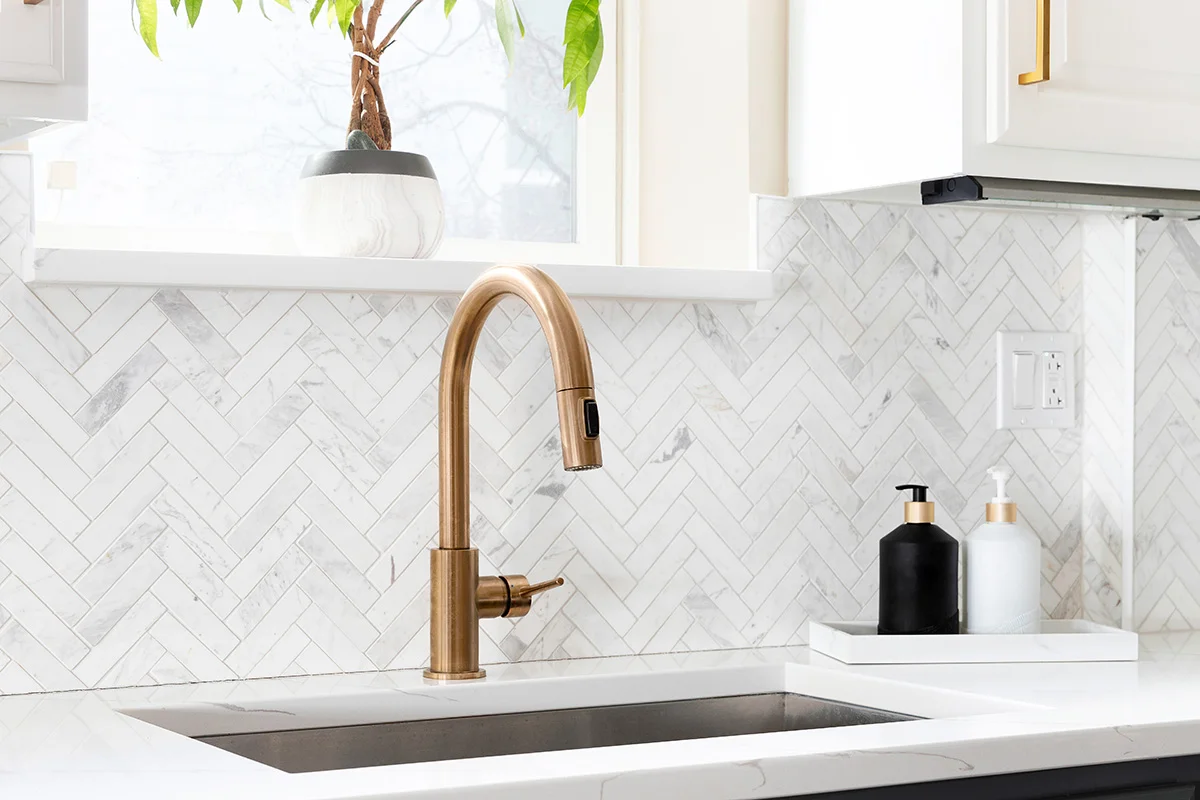
Low-flow water fixtures are faucets, shower heads, and toilets that are designed to reduce water waste throughout your home. They use a milder flow compared to traditional plumbing fixtures, which can reduce your water usage by 25-60%.9 This not only minimizes your impact on the environment but also lowers your water bill to save you money.
Find Expert Home Renovation Services in Ada County
Making your home eco-friendly is easier than you might think. With simple home renovations like smart thermostats, solar panels, and more, you can lower your carbon footprint while maximizing efficiency and saving money on utilities.
At DRF Builders, we have years of experience providing homeowners in Boise and beyond with expert residential construction services. Whether you’re interested in home renovations or a full remodel, our in-house team of professionals can’t wait to get started on your project.
Ready to make your home more sustainable and cost-effective? Contact us online today or call (208) 254-2002 so we can discuss your goals.
References
- United Nations. (n.d.). Home Energy | United Nations. https://www.un.org/en/actnow/home-energy
- Use of energy explained. (n.d.). U.S. Energy Information Administration. https://www.eia.gov/energyexplained/use-of-energy/homes.php
- ENERGY STAR Smart Thermostats FAQs for EEPS. (n.d.). ENERGY STAR. https://www.energystar.gov/products/heating_cooling/smart_thermostats/smart_thermostat_faq
- Langone, A., & Marsh, J. (2024, June 17). Do solar panels increase your home value? EnergySage. https://www.energysage.com/solar/solar-power-as-a-home-improvement-strategy/
- Xeriscaping. (n.d.). https://education.nationalgeographic.org/resource/xeriscaping/
- Residential windows, doors, & skylights. (n.d.). ENERGY STAR. https://www.energystar.gov/products/res_windows_doors_skylights
- Cool roofs. (n.d.). ENERGY STAR. https://www.energystar.gov/products/cool-roofs
- Lighting choices to save you money. (n.d.). Energy.gov. https://www.energy.gov/energysaver/lighting-choices-save-you-money
- Reduce hot water use for energy savings. (n.d.). Energy.gov. https://www.energy.gov/energysaver/reduce-hot-water-use-energy-savings

